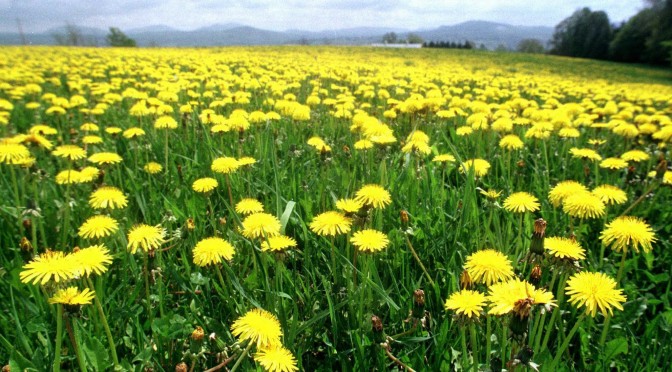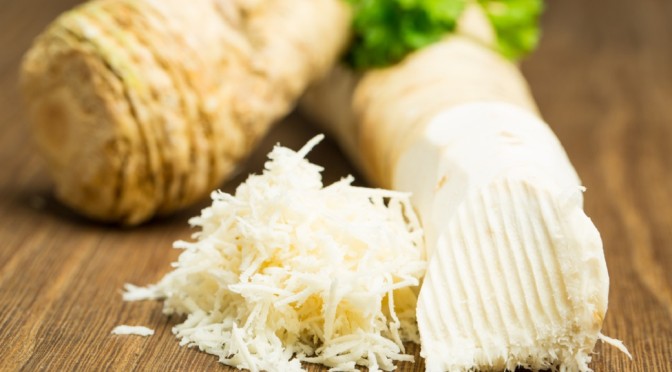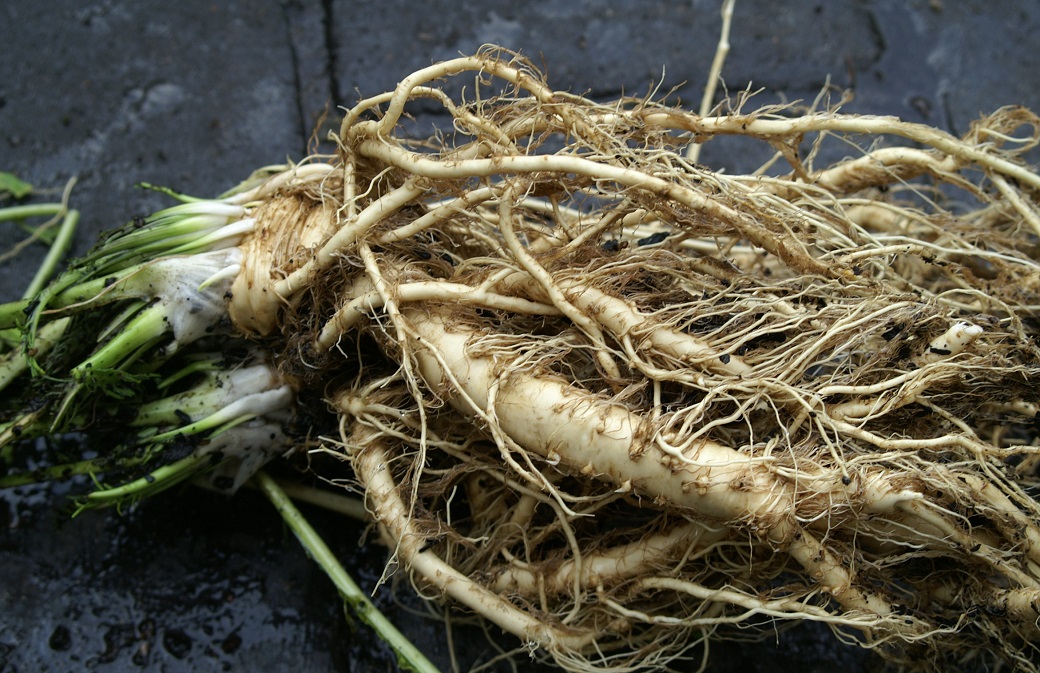From Mrs. Cog's Corner
The content on this page is for discussion purposes relating to health and well being only and is not intended to be medical advice. Links and sources provided are for informational purposes and do not represent an endorsement of a person, product or treatment.
It is a well established fact that we get Vitamin D from exposure to sunshine. What is less known is that most Americans and much of the world's population are "D-ficient", leaving ourselves at risk for a myriad of health threats.
There are many benefits to ample levels of Vitamin D including giving the body the ability to absorb calcium thus building bone strength, preventing upper respiratory infections (colds), preventing cardiovascular disease and being effective at battling MS, Chrohn's, pain, depression and a many other conditions. Further, Vitamin D3 is recommended for young athletes to prevent muscular-skeletal injury, aid in muscle building and to reduce inflammation.
Vitamin D levels are measured in our bodies by a complicated sounding term: Serum 25 HydroxyVitaminD or 25HydroxyD for short. It has been proven that ordinary over-the-counter Vitamin D supplements (which are D2) are much less efficient at raising your 25 HydroxyD levels than Vitamin D3. Your body must convert regular Vitamin D from supplements or foods containing it to the chemical that is D3. When we are exposed to sunshine's (UVB) rays, our skin starts a reaction which causes our bodies to naturally produce D3
Sunshine is therefore the easiest and most natural source of Vitamin D3. The amount of sunshine needed to amply fortify one with enough Vitamin D3 not to need a supplement varies depending upon your age, skin tone, and geographical location to receive the sun rays. Recent studies have concluded that far more lives are lost to a lack of exposure to the sun (Vitamin D3) than too much. As to confronting our programming that exposure to the sun is bad because it causes skin cancer, it is important to note that most fatal melanomas occur on body parts with the least exposure to sunshine and occupational exposure to the sun decreases the rate of melanomas.
For those times of the year when one does not get much sunshine (over the wintertime) it is recommended by proponents of Vitamin D3 that one takes a D3 supplement. Vitamin D3 supplements have been shown to significantly effect the symptoms and recovery time of respiratory infections (colds) and can sufficiently boost 25 HydroxyD levels to achieve maximum benefit. The outcry by established Western medicine which not only denies the benefits of supplementing this way, but has called for a stop to all future clinical studies of Vitamin D because they are a waste of time and money speaks volumes to me.
Despite the proclamation by the American Cancer Society that people should not take supplements to prevent cancer, there are recent clinical studies that would argue otherwise. One study shows 4,000 IU to 8,000 IU maintained daily cut the risk in half or more for several cancers, type 1 diabetes and MS. This recent study states 9,600 IU daily (in order to maintain the magic target of 40 ng/ml) was safe and furthermore that amounts up to 40,000 IU could be taken daily with no risk of toxicity.
As the debate over Vitamin D rages, it is important to note that while many sources in mainstream medicine claim supplementing Vitamin D is not beneficial to your health, other studies show just the opposite having been documented repeatedly as shown both above and below. In the end, it is vital you do your own research.
Read More:
Researchers say vitamin D may be cost-effective treatment or adjunct for patients with fibromyalgia syndrome and low vitamin D levels. http://www.sciencedaily.com/releases/2014/01/140117090504.htm
Vitamin D deficiency is an independent risk factor for heart disease with lower levels of vitamin D being associated with a higher presence and severity of coronary artery disease, according to research to be presented at the American College of Cardiology's 63rd Annual Scientific Session. http://www.naturalblaze.com/2014/03/vitamin-d-deficiency-increases-severity.html#sthash.SMG731fz.dpuf
Mother Nature got it right. Sensible sun exposure is important for maintaining an adequate vitamin D status. Once formed in the skin vitamin D can exit into the circulation to carry out its physiologic functions on calcium and bone metabolism. Some vitamin D however remains in the skin and is activated to interact with its vitamin D receptor to control cell proliferation using a variety of strategies including interacting with long non-coding RNAs to reduce risk of photocarcinogenesis. http://www.ncbi.nlm.nih.gov/pubmed/24665943
Just one example of an important gene that vitamin D up-regulates is your ability to fight infections, as well as chronic inflammation. It produces over 200 antimicrobial peptides, the most important of which is cathelicidin, a naturally occurring broad-spectrum antibiotic. This is one of the explanations for why it can be so effective against colds and influenza. http://articles.mercola.com/sites/articles/archive/2012/02/23/oral-vitamin-d-mistake.aspx
Breast cancer patients with high levels of vitamin D in their blood are twice as likely to survive the disease as women with low levels of this nutrient, report University of California, San Diego School of Medicine researchers in the March issue of Anticancer Research. http://www.naturalblaze.com/2014/03/vitamin-d-increases-breast-cancer.html#sthash.0aERe7cE.dpuf
Vitamin D deficiency is an independent risk factor for heart disease with lower levels of vitamin D being associated with a higher presence and severity of coronary artery disease, according to research to be presented at the American College of Cardiology's 63rd Annual Scientific Session. http://medicalxpress.com/news/2014-03-severe-heart-disease-patients-vitamin.html
Case-control studies and laboratory tests have consistently demonstrated that vitamin D plays an important role in the prevention of breast cancer. Vitamin D supplementation is a much needed, low cost, effective, and safe intervention strategy for breast cancer prevention that should be implemented. It has been shown that vitamin D levels are lower in ovarian cancer patients. http://www.ncbi.nlm.nih.gov/pubmed/23700865
Vitamin D insufficiency was common in adults with ID living in nursing homes. Both oral and intramuscular administrations of vitamin D3 improved vitamin D status without adverse effects. Based on this study, vitamin D supplementation with per oral 800 IU/day is recommended to all adults with ID living in nursing homes. http://www.ncbi.nlm.nih.gov/pubmed/19845825
The health benefits of UVB seem to outweigh the adverse effects. The risks can be minimized by avoiding sunburn. http://www.ncbi.nlm.nih.gov/pubmed/17156062
The active form of vitamin D essentially shuts down cancer cells by several mechanisms which inhibit proteins involved in metastases. Now Chinese researchers have found breast and colorectalcancer patients with higher levels of vitamin D at the time of diagnosis may have better chances of survival and remain in remission longer those who are deficient, according to a scientific review. http://preventdisease.com/news/14/050114-The-Higher-Vitamin-D-Levels-Better-Chance-Prevent-Survive-Cancer.shtml



